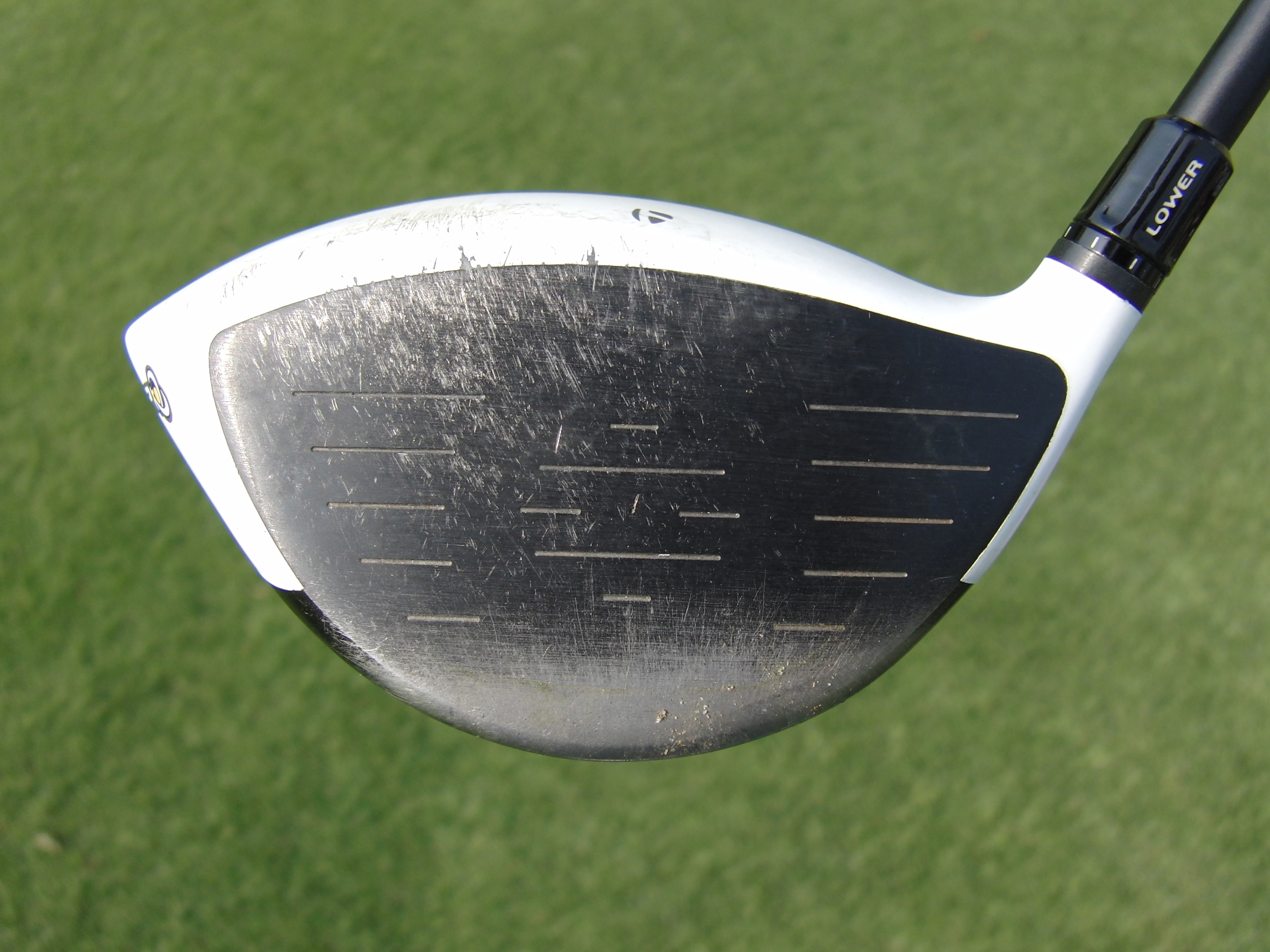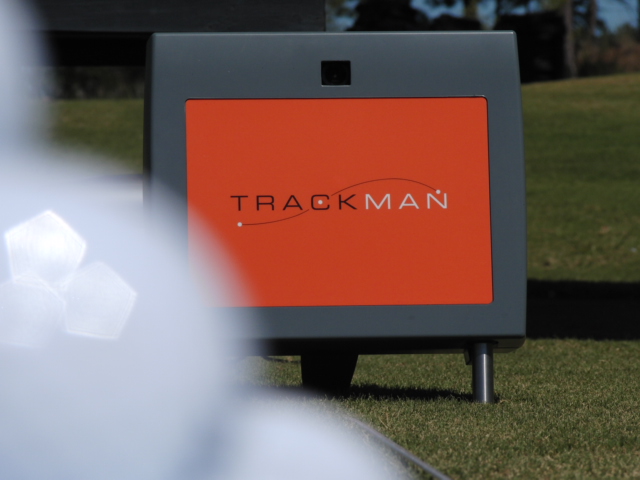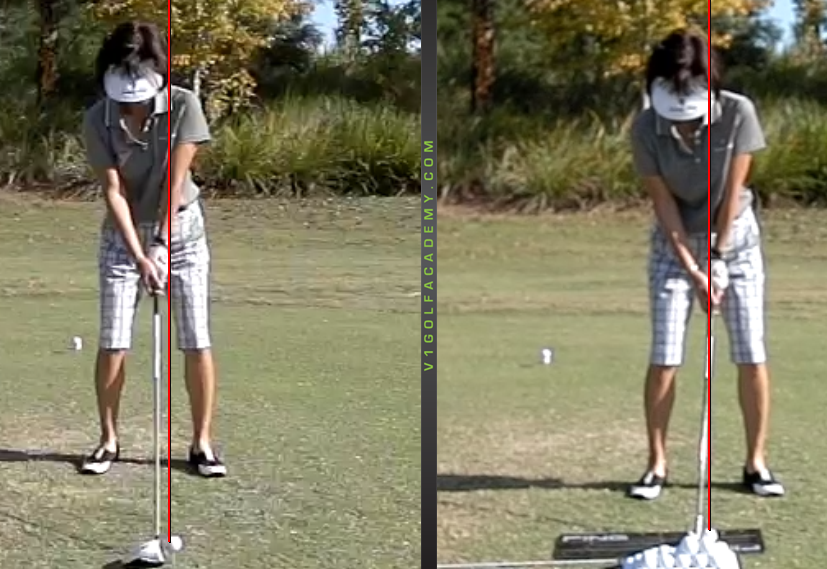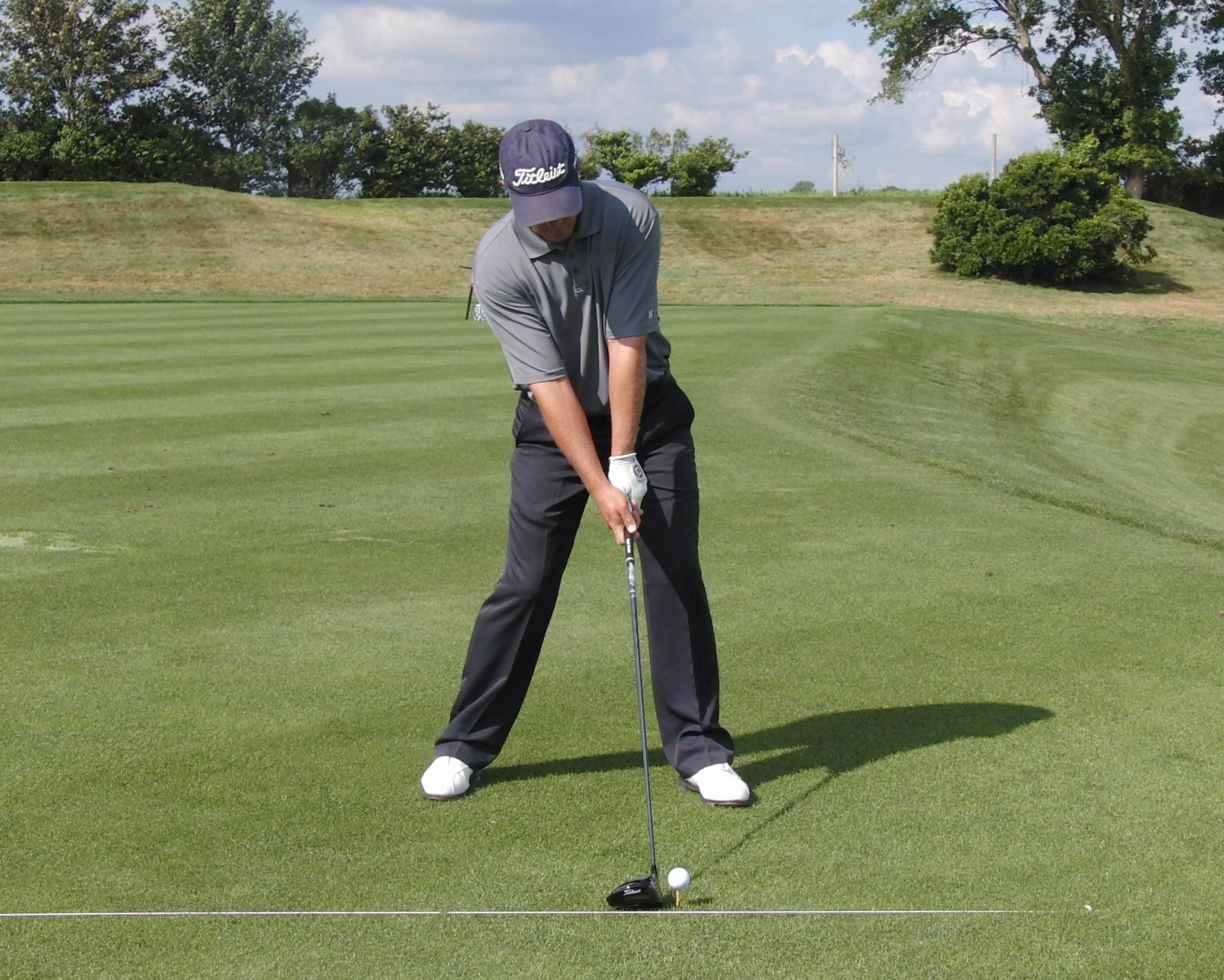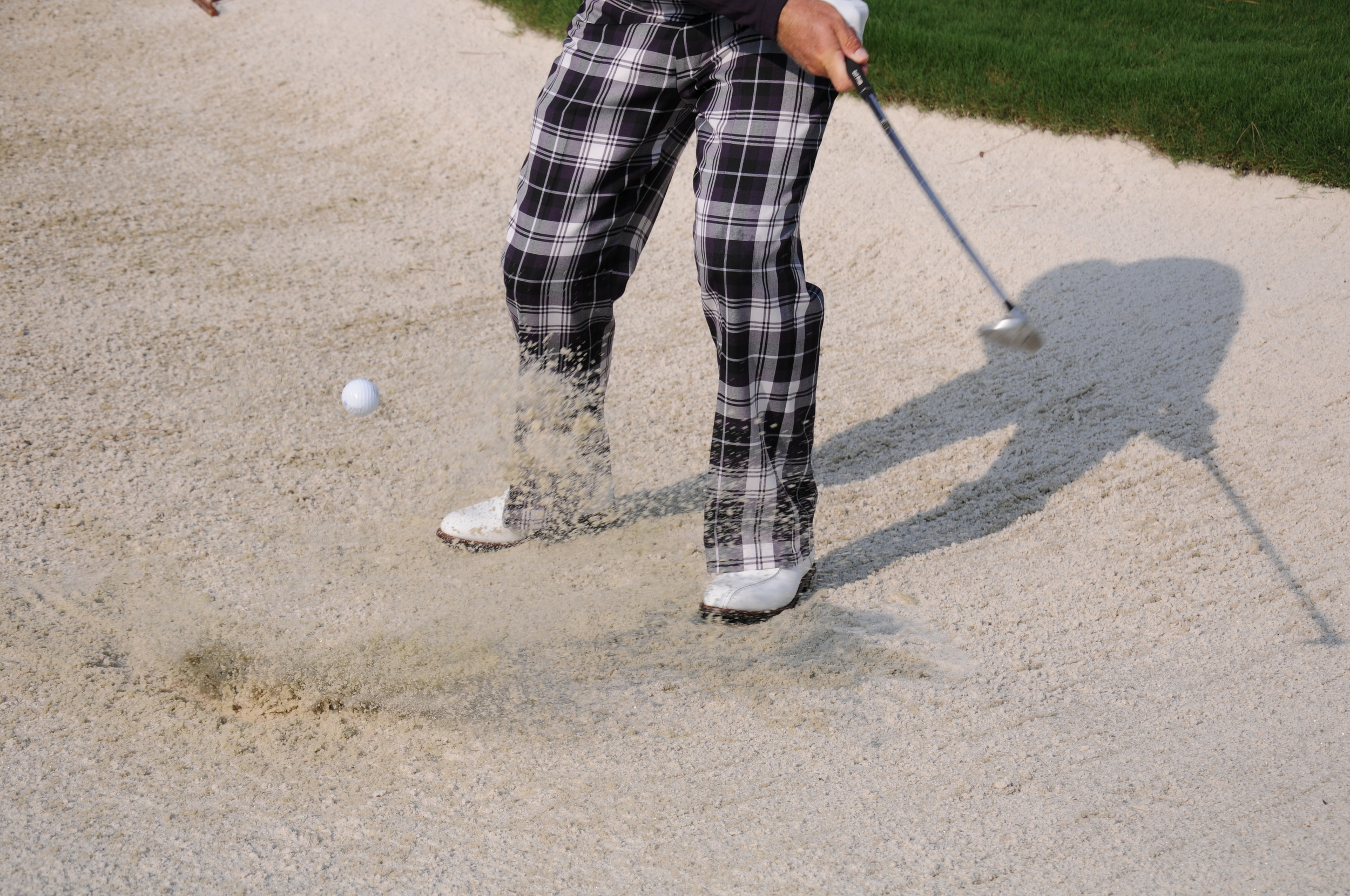What Can Your Driver Tell You?
/One of the first things I do when I teach a golfer for the first time is I go through their clubs and take a look for certain tendencies as we're having our introductory chat. I have seen so many drivers that look like the one in this article that I had to write about it and share what your driver is attempting to tell you!
The first place to look for answers as to what might be going on is to check the face....
Notice here how the black paint is being worn off the bottom of the face and there are numerous impact marks on the upper portion of the face where sand is caught between the ball and the face.
Secondly, inspect where the crown of the club meets the face....
Here, the wear pattern indicates numerous pop-ups. A few balls must have almost been missed to get them that far up on the crown. Keep in mind that the only way to hit a pop-up is to have a descending blow where the top edge descends below the equator of the ball.
Finally, take a look at the sole of the club....
It is apparent here that the club is making contact with the ground on almost every shot. The attack angle is very much down - to such a degree that both the paint and lettering are being buffed off the sole of this club.
The golfer who owns this club hit down on the ball with an attack angle of -11 degrees. Keep in mind that optimally we would like to hit up on the ball for maximum efficiency. I am pleased to report that he is working hard at his new attack angle and he is fairly comfortable in the -3 degree range - not perfect but better. Oh, and he just might extend this poor clubs lifespan at the same time.
Clearly I have selected an extreme example to show you here, but take a minute and inspect these three key areas on your driver. I believe you will learn a fair deal about your angle of attack and why your golf ball is doing what it does. Keep in mind that the only time a driver should ever contact the ground is when you are addressing the ball. It should never contact the ground after the first foot or so of the swing. The only marks on it should be tee marks running along the sole and perhaps a ball mark or two in the center of the face!
Here are a few resources to help you hit more up on the ball:


